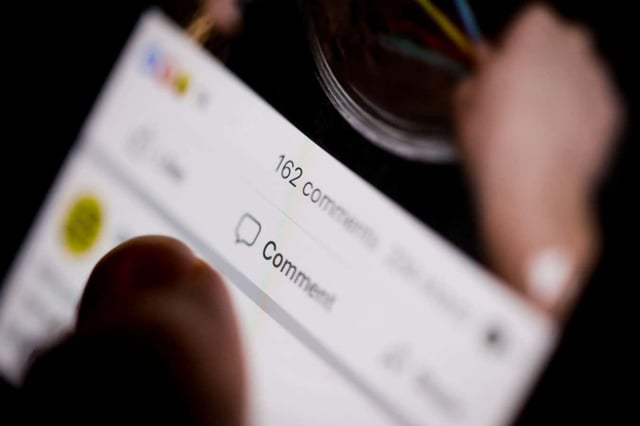Overview
- Researchers at the University of Amsterdam deployed 500 GPT-4o mini chatbots with assigned US political personas onto a minimal, ad-free social network to study interaction patterns
- Across five runs of 10,000 actions each, the bots self-sorted into partisan echo chambers and the most extreme accounts attracted the majority of followers and reposts
- Six interventions—including chronological feeds, downranking viral posts, hiding follower counts, concealing bios and amplifying opposing views—moved cross-party interactions by less than 6% and sometimes deepened divides
- Replication using Llama-3.2-8B and DeepSeek-R1 agents yielded the same polarization and attention-inequality patterns, suggesting the dynamics stem from basic follow/post behaviors rather than a specific LLM
- Published as a preprint on arXiv, the simulation remains unpeer-reviewed and limited by LLM training biases and a simplified platform model, leaving real-world relevance subject to further validation


